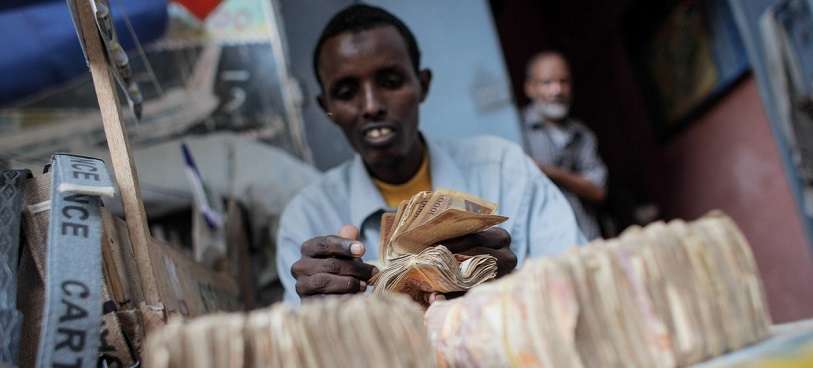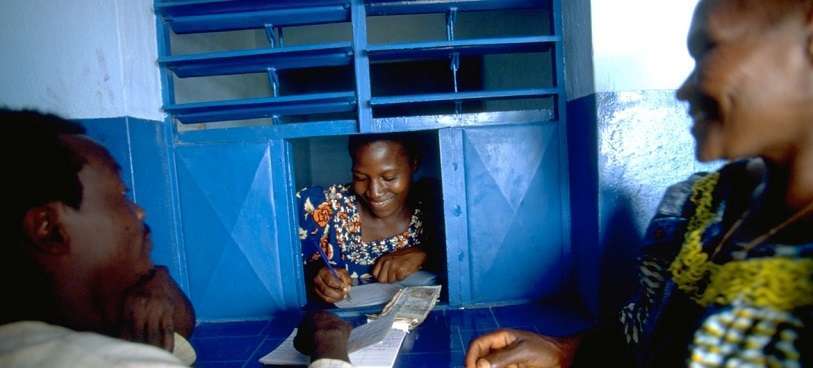Remittances will reach a record level this year in Latin America with 126 billion dollars

Remittance flows to Latin American and Caribbean countries are expected to reach a new high of $126 billion in 2021, an increase of 21.6 per cent over the previous year, according to World Bank forecasts published in its 'Migration and Development Review'.
The multilateral financial institution explained that the high level of these flows would respond to several factors, including the adverse impact of the COVID-19 pandemic and hurricanes Grace and Ida, which encouraged migrant workers in Mexico and Central America to send more resources to their families.
The other major drivers were the recovery of employment and fiscal and social assistance programmes in host countries, specifically in the United States.

The World Bank identified Mexico as the main recipient of remittances in the region and specified that it captured 52.7 billion dollars, 42% of the total funds flowing into the region.
The level of remittances exceeded 20% of the Gross Domestic Product of several of the smaller economies in the area, as was the case in El Salvador, Honduras and Jamaica, where remittances were 26.2%, 26.6% and 23.6% above their national production, respectively. In Guatemala, the figure was 18%.
The publication notes that an increase in the number of migrants in transit in Mexico and other countries, coupled with remittances received from abroad to help with living and travel costs, appears to have been another important factor in explaining the sharp increase.
For 2022, the World Bank estimates a much more modest increase in remittances: 4.4 %, mainly due to the lower growth prospects of the US economy.
The paper details that the cost of money transfers to the region fell by half a percentage point on average per $200, from 6% in 2020 in the first quarter of the year to 5.5% in the same period in 2021. Mexico remained the least costly country to send remittances to from a G20 economy, with an average cost of 3.7%, and notes that these costs become exorbitant in smaller corridors.
Globally, the institution projects that remittances to low- and middle-income countries will grow by a robust 7.3 % to $589 billion this year.

The World Bank stressed that for the second year in a row, remittance flows to low- and middle-income countries, excluding China, would exceed the sum of foreign direct investment and external development assistance, highlighting the importance of remittances as a means of livelihood for families who depend on them to cover essential expenses such as food, health and education during periods of economic hardship in migrants' home countries.
"Migrant remittance flows have been a critical complement to public cash transfer programmes aimed at helping families facing economic hardship during the COVID-19 crisis," said the director of the World Bank's Social Protection and Labor Practice Department, Michal Rutkowski.
Michal Rutkowski called remittance flows a respite for tight household budgets and said they should be a key component of public policies for post-pandemic recovery.
According to the Bank's data, remittances recorded a significant increase in most parts of the world in 2021, with Latin America and the Caribbean leading the way (21.6%), followed by the Middle East and North Africa (9.7%), South Asia (8%), sub-Saharan Africa (6.2%) and Europe and Central Asia (5.3%).
In contrast, in East Asia and the Pacific, shipments decreased by 4.0 %, although excluding China they increased by 1.4 %.










